Solanum L.
wetland nightshade, aquatic soda apple, scrambling nightshade
Solanaceae
Mexico to Costacosta:
(n) midvein of leaf or pinna or rachis of pinnately compound leaf
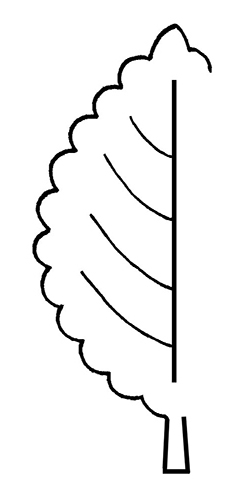 Rica and the West Indies
Rica and the West Indies
not currently cultivated
Florida (United States)
Solanum tampicense Dunal is an aquatic weed on the U.S. federal noxious weed list.
U.S. Federal Noxious Weed: Solanum tampicense
Identification: S. tampicense is a vinelike, sprawling, prickly shrub with stems up to 5 m long. It grows as impenetrable thickets and can form large stands of many acres. S. tampicense differs from other Solanum species by its shrub-like to climbing habit, white flowers, and leaves with sinuate marginmargin:
(n) edge; rim, sparse, recurvedrecurved:
(adj) curved downward or backwardprickles, and stellate hairs.
amphibiousamphibious:
(adj) of a plant able to live on land or in water
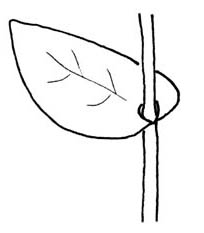 to semi-aquatic shrub
to semi-aquatic shrub
Large herb to medium shrub; sprawling. Stem sparsely stellate-pubescent, covered with broad-based, recurvedrecurved:
(adj) curved downward or backward
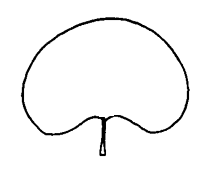 prickles; often interlocking to form dense thickets. Leaves paired or solitary, al ternateternate:
prickles; often interlocking to form dense thickets. Leaves paired or solitary, al ternateternate:
(adj) in threes
 ; petiolepetiole:
; petiolepetiole:
(n) the stalk of a leaf
 short, glabrousglabrous:
short, glabrousglabrous:
(adj) without hairs or scales
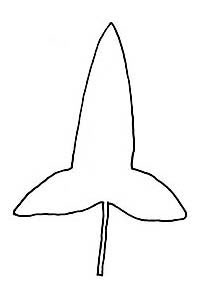 to sparsely stellate- pubescentpubescent:
to sparsely stellate- pubescentpubescent:
(adj) (1) covered with short, soft hairs; (2) bearing hairs
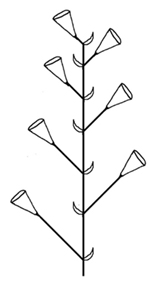 ; leaf bladeblade:
; leaf bladeblade:
(n) (syn. lamina) the flat, expanded part of a leaf, frond, or petal (excluding, e.g., the petiole)
 lanceolatelanceolate:
lanceolatelanceolate:
(adj) lance-shaped; widest point below the middle, tapering to the apex
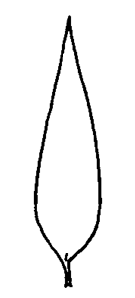 to ellipticelliptical:
to ellipticelliptical:
(adj) in the form of an ellipse (oval)
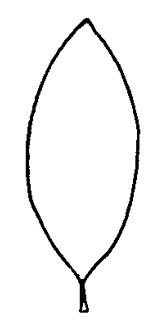 , glabrousglabrous:
, glabrousglabrous:
(adj) without hairs or scales
 or sparsely stellate- pubescentpubescent:
or sparsely stellate- pubescentpubescent:
(adj) (1) covered with short, soft hairs; (2) bearing hairs
 ; apexapex:
; apexapex:
(n) the point farthest from the point of attachment; the tip (often pointed)
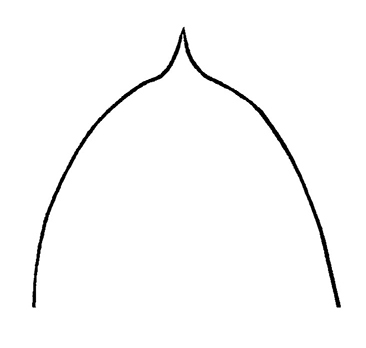 acuteacute:
acuteacute:
(adj) tapering to a sharp, pointed apex with more or less straight sides; broader than acuminate; forming an angle of less than 90 degrees
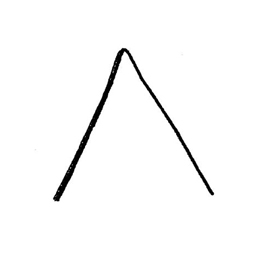 ; base attenuateattenuate:
; base attenuateattenuate:
(adj) narrowing gradually to a point
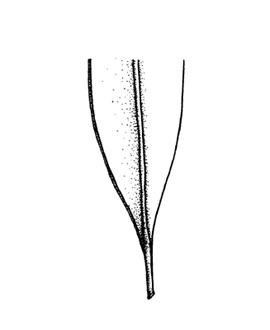 ; marginmargin:
; marginmargin:
(n) edge; rim
 entire, sinuately- lobedlobed:
entire, sinuately- lobedlobed:
(adj) divided into (usually rounded) segments
 ; venationvenation:
; venationvenation:
(n) the arrangement of veins in a leaf
 pinnate, with spines. Inflorescenceinflorescence:
pinnate, with spines. Inflorescenceinflorescence:
(n) the arrangement of flowers on the floral axis
 umbelliform in leaf axils oppositeopposite:
umbelliform in leaf axils oppositeopposite:
(adj) (of leaves) two leaves per node; in pairs on opposite sides of an axis
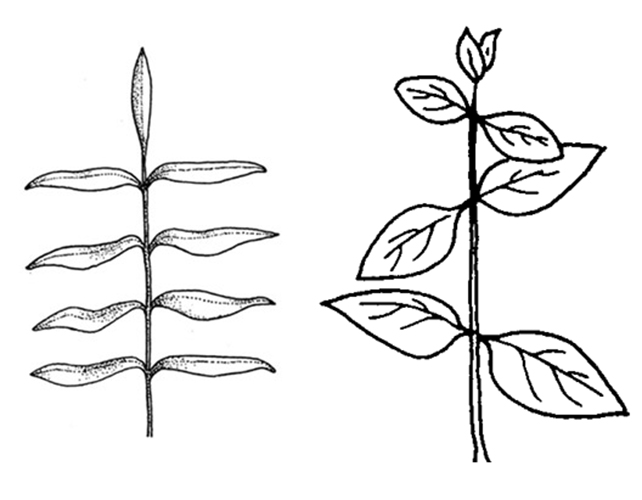 the leaves, 3- to 11-flowered; peduncles and pedicelspedicel:
the leaves, 3- to 11-flowered; peduncles and pedicelspedicel:
(n) the stalk of a single flower in an inflorescence, or of a grass spikelet
short. Flowers small, actinomorphicactinomorphic:
(adj) of flowers, having radial symmetry; capable of being bisected into identifical halves along more than one axis
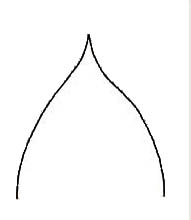 , white; calyxcalyx:
, white; calyxcalyx:
(n) the outer whorl of the perianth; all the sepals of a flower
 5-lobed, lobes small, often with spines; corollacorolla:
5-lobed, lobes small, often with spines; corollacorolla:
(n) the inner whorl(s) of the perianth; all the petals of a flower
 with 5 lobes divided nearly to base, often recurvedrecurved:
with 5 lobes divided nearly to base, often recurvedrecurved:
(adj) curved downward or backward
 ; anthers tapering to apexapex:
; anthers tapering to apexapex:
(n) the point farthest from the point of attachment; the tip (often pointed)
 , held in the center of the flower, yellow; stylestyle:
, held in the center of the flower, yellow; stylestyle:
(n) in a flower, the narrow and elongated part of the pistil between the stigma and the ovary
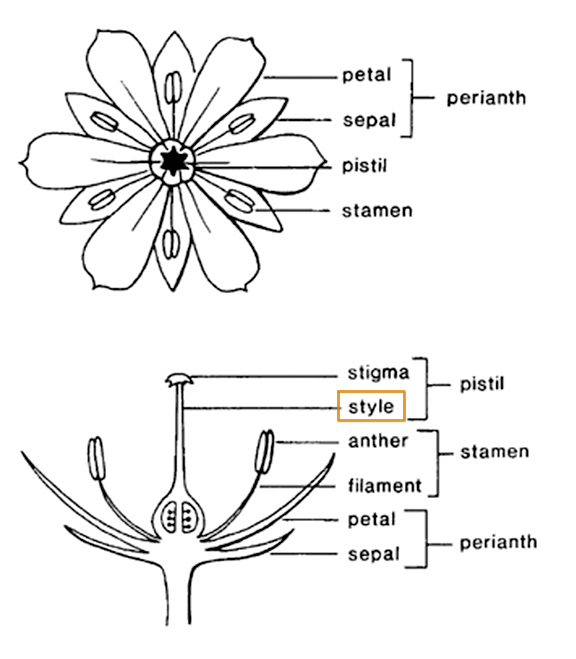 1, exceeding the stamens at maturity. Berries globoseglobose:
1, exceeding the stamens at maturity. Berries globoseglobose:
(adj) spherical or nearly so
 , small, green turning orange, then red at maturity; seeds numerous, suborbicular, flattened, yellowish.
, small, green turning orange, then red at maturity; seeds numerous, suborbicular, flattened, yellowish.
in undisturbed wetlands, cypress swamps, river or stream margins; tolerant of periodic inundation, but not permanent flooding
Solanum is a very large genus of approximately 1,200 species. Solanum tampicense Dunal is amphibiousamphibious:
(adj) of a plant able to live on land or in water
 to semi-aquatic. It can be distinguished from other Solanum spp. by its clambering habit, recurvedrecurved:
to semi-aquatic. It can be distinguished from other Solanum spp. by its clambering habit, recurvedrecurved:
(adj) curved downward or backward
 prickles, and stellate rather than straight hairs.
prickles, and stellate rather than straight hairs.